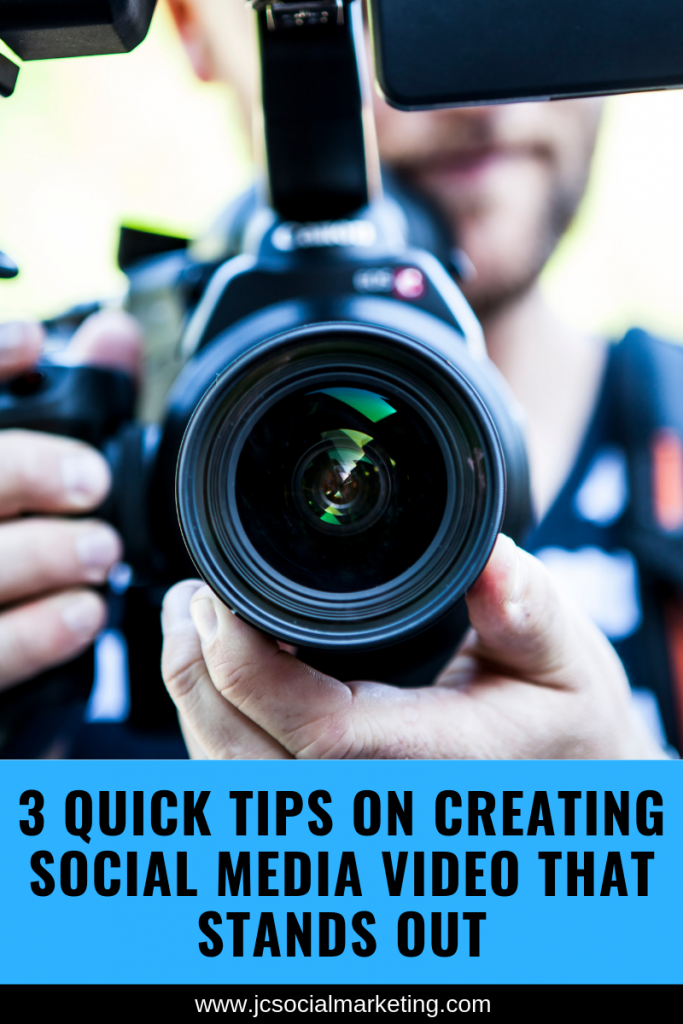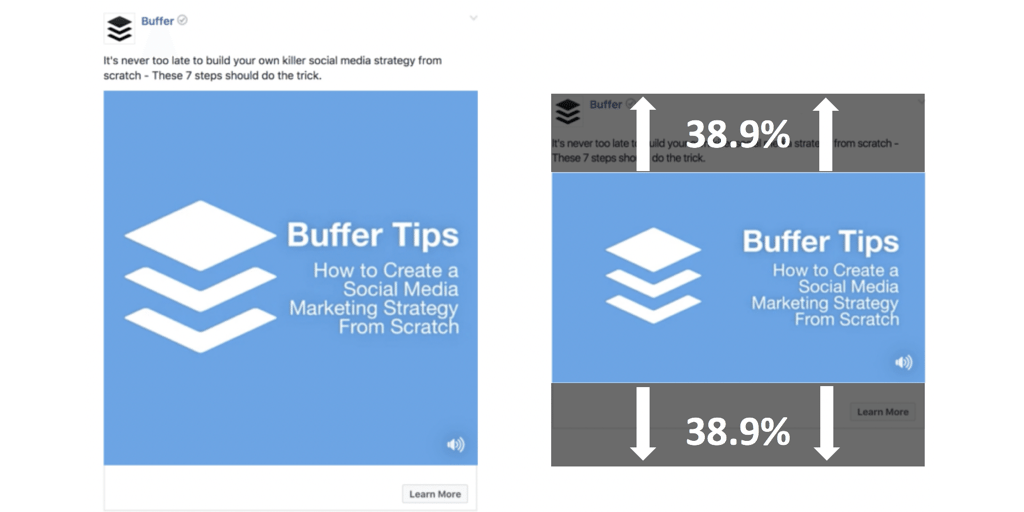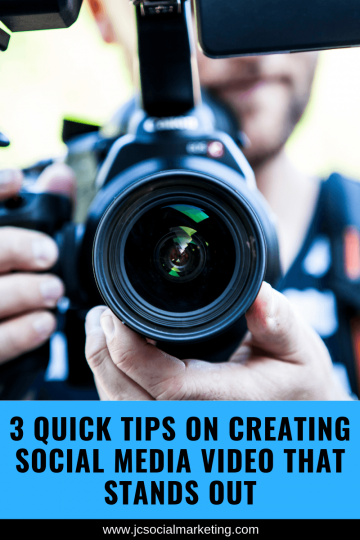
Social media video continues its dominance over all other social media content, solidifying its role as a critical and crucial element in any nonprofit digital marketing plan.
In case you (or your supervisor or Board members) are not convinced:
- One-third of online activity is spent watching video.
- Social video generates 12 times more shares than text and images combined.
- Google found that more than half the people who watch YouTube videos posted by nonprofits go on to make a donation.
- A Tweet with a video in it is six times more likely to be retweeted than just an image
- Buffer studied 880 million Facebook posts in 2017 and found that video posts have the highest average engagement and twice the level of engagement of other post types on average
- YouTube is the world’s second most popular search engine (after Google), with 400 hours of footage uploaded every minute.
- Instagram Stories are used by 500 million users every day.
- One/third of the most viewed Instagram Stories are from businesses.
You may be thinking – my tiny nonprofit?
We cannot possibly create, edit, promote social media video.
Also, we can’t hire a video production company to shoot, edit, and produce these kinds of videos. No way, no how.
This thinking often stops nonprofits before they start. And this viewpoint is very misguided.
High gloss, heavily filtered and fancy videos are out – authenticity is in.
Even nonprofits on a shoestring budget can accomplish great things with social media video.
Even nonprofits without kittens and puppies can share insider peeks into their work, exclusive access to their mission, stories about their impact.
Here are just three quick tips to create compelling social media video that stands out:
1) Overlay text to tell a compelling story.
It’s important to note that the vast majority of videos on social media – 85% – are watched with the sound off.
Not only is it a best practice of digital inclusion, adding captions increases engagement in general and makes the message of the video easier to understand and process.
Be sure the text is easy to read and adds to or compliments the video itself.
The best way to look at text overlay on video is to think of video with the sound off as the standard way your audience will watch the video.
If they watch with the sound on, it will only enhance the experience (but it’s not the default).
Design your video for the mute button.
2) Use square video for more engagement.
Studies show that square video (1:1 ratio) get up to 35% more views and up to a 100% increase in engagement compared to horizontal, landscape video (16:9 ratio).
Square video is easier to watch and gets more engagement due to the way we predominantly watch social media videos – on our smartphones.
For example, over 92% of Facebook users access the platform via mobile – making it critical for nonprofits to optimize their content for the mobile user.
Square video takes up 78% more newsfeed real estate than the same video in landscape format.
The Jane Goodall Institute created several videos using video creation software Animoto, and ran an A/B test on Facebook.
Using Animoto, they used photos and video clips they already had on hand to quickly create a compelling video highlighting the decline of chimpanzees.
They tested a square version of the video against a landscape version, spending $50 on each.
The square video resulted in twice as many views and three times as many shares as the landscape video!
As a result, they could confidently invest an additional $200 into the square video campaign.

3) DIY works better than polished.
Buffer and Animoto conducted a study to find out if spending more time, resources, and money on producing polished videos actually resulted in greater results than organic DIY videos.
They found that in most cases, the unpolished, raw, DIY videos outperformed professional, flashy videos on Instagram and Facebook.
In their article The Instagram Aesthetic Is Over, The Atlantic found that amateur is better – and to put it in the words of 15-year-old Claire, “It’s not cool anymore to be manufactured.”
Nonprofits need to get over their need for perfection, and their decisions by committee, and focus on being human online, and creating genuine connections.
We need to make a shift from perfectly crafted, filtered, posed content creation to a more human version of our organizations online.
Instagram Stories and Facebook Stories are a great way to do this.
Live video streaming is a perfect way to be real with your audience, warts and all!
How do you use social media video to connect with your audience and your supporters? Leave your thoughts in the comments!
To learn even more actionable tips about using social media to level up your nonprofit, join me at the Nonprofit Social Media Summit in Boston!
